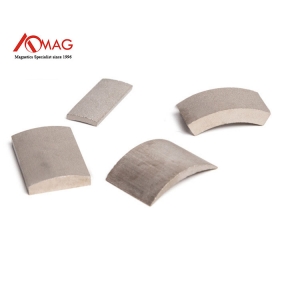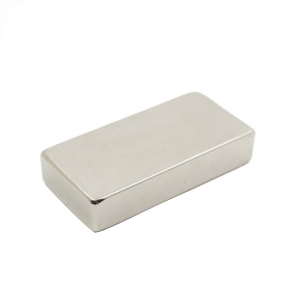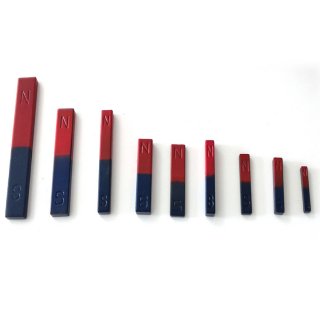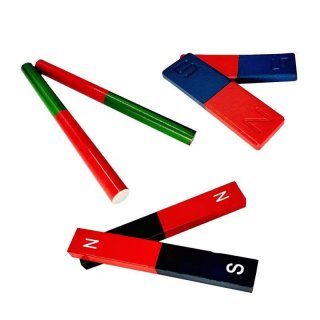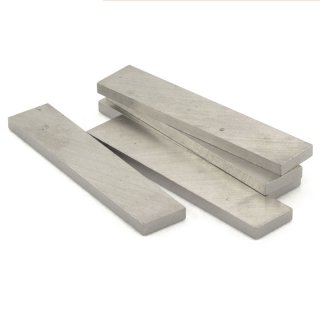Alnico bar magnets offer excellent temperature stability, high residual induction, and relatively high energies.

• Temperature stability in high thigh-temperature applications, and a maximum working temperature of approximately 1000°F
• Alnico bar magnets may be ground to size but not by conventional machining. We can grind them to your specifications.
• Alnico bar magnets have high residual induction and energy product compared to ceramic magnets, and low coercive force compared to ceramic and rare earth materials (more subject to demagnetization).
Alnico is hard and brittle (45-55 Rockwell C), and is not suitable for drilling, tapping or conventional machining operations. Close tolerances are attained by abrasive grinding and cutting. AOMAG provides in-house cutting and grinding to meet your application requirements.
Alnico has the best temperature coefficient of any but the most advanced commercial magnet material, providing for excellent stability over a wide temperature range. A properly designed circuit using alnico magnets will have a stable flux output during temperature fluctuations. Although Alnico displays considerable residual induction it conversely exhibits among the lowest coercivity of any magnetic material. A consequence of low coercivity is sensitivity to demagnetizing effects caused by external magnetic fields, shock, and application temperatures. For critical applications, Alnico magnets can be magnetically stabilized to minimize these effects. Alnico magnets can be partially demagnetized if like poles of magnets are brought together. Placing individual magnets in contact with ferrous materials can also partially demagnetize them. Care must be taken in handling magnetized magnets. Typical open circuit Alnico 5 applications require a long magnetic length to pole surface ratio (usually 4:1 or greater) to ensure good magnetic performance. Check with AOMAG’ technical staff to confirm best ratio for your application.






